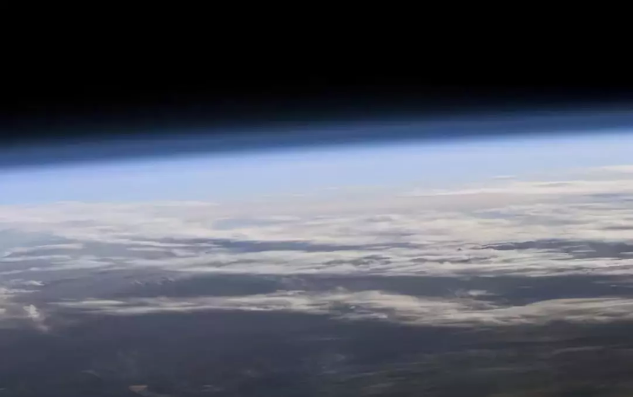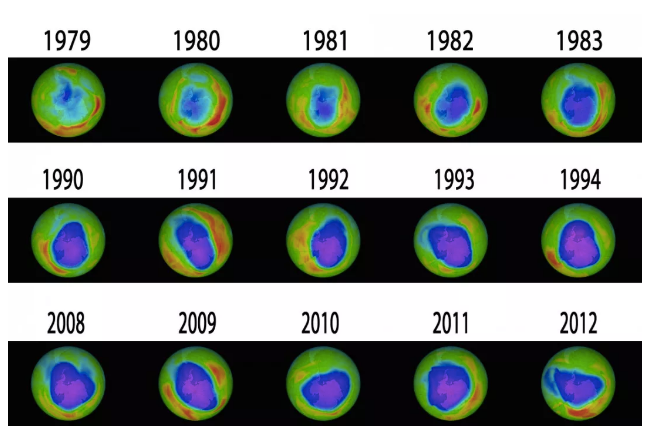"Informed AI News" is an publications aggregation platform, ensuring you only gain the most valuable information, to eliminate information asymmetry and break through the limits of information cocoons. Find out more >>
Ozone Layer Hole Status and Future Outlook
- summary
- score



The ozone layer hole was once a global focal point, and although it is now rarely mentioned, the issue has not disappeared. The ozone layer remains damaged, but the trend is improving. The key lies in the control of chlorofluorocarbons (CFCs), a successful case of global environmental activism.
The ozone layer absorbs ultraviolet rays, protecting life on Earth. In the 1970s, scientists discovered that CFCs could destroy ozone. In 1985, the Antarctic ozone hole was discovered, prompting the signing of the 1987 Montreal Protocol, which restricted CFC use.
The protocol has been highly effective, with the ozone layer expected to recover in most regions by 2040, and in Antarctica by 2066. However, a full recovery to pre-industrial levels could take a century.
The success of the protocol can be attributed to the urgency of the issue, scientific and political cooperation, and the outdated nature of CFC technology. A key factor was the shift in the U.S. stance, with President Reagan, due to personal health concerns, actively pushing for the protocol.
Despite this, the recovery process has had its setbacks. In 2013, an unexpected increase in CFC-11 emissions was detected, and the 2022 eruption of the Tongan volcano also affected the ozone layer. The alternative to CFCs, hydrofluorocarbons (HFCs), while not ozone-depleting, are still potent greenhouse gases.
In the future, continued efforts to reduce HFC use will be necessary to ensure the ozone layer's true recovery.
| Scores | Value | Explanation |
|---|---|---|
| Objectivity | 6 | 内容客观,全面报道和深入分析 |
| Social Impact | 5 | 引发广泛社会讨论,显著影响公众意见 |
| Credibility | 6 | 内容可信,独立验证并被多方确认 |
| Potential | 5 | 具有很高潜力,几乎必然触发更大事件 |
| Practicality | 5 | 极其实用,已广泛应用于实践并取得良好效果 |
| Entertainment Value | 2 | 内容略显单调,但包含少量娱乐元素 |